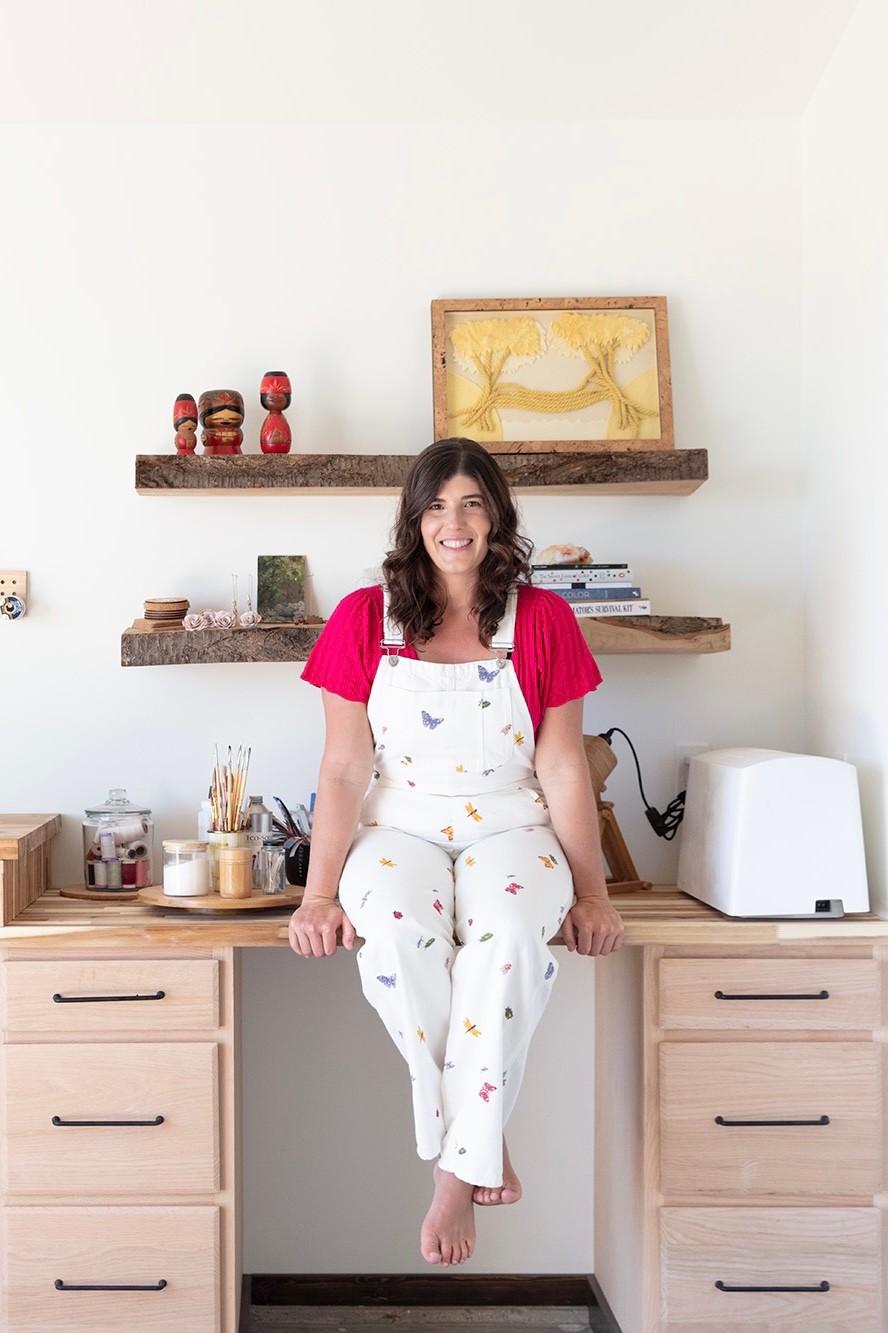We caught up with the brilliant and insightful Melissa Bloom a few weeks ago and have shared our conversation below.
Melissa, thanks for joining us, excited to have you contributing your stories and insights. One of the things we most admire about small businesses is their ability to diverge from the corporate/industry standard. Is there something that you or your brand do that differs from the industry standard? We’d love to hear about it as well as any stories you might have that illustrate how or why this difference matters.
Thank you for having me! Well, the stop-motion animation industry is made up of incredibly talented artists who handcraft characters and sets and then animate them to life on screen. Unfortunately, industry standard involves many toxic and wasteful materials and practices. Think: styrofoam, urethane resins, expoxy glues and clays, and synthetic paints.
Professionals are working with these materials daily and surrounded by these toxins whether or not they are the ones creating with them. What’s more, these toxins are permeating the air, sent to landfills or washed down the sink drains.
My studio’s mission is to replace these toxic and wasteful practices with non-toxic and eco-friendly alternatives that do not harm humans or the planet. We focus on sourcing from manufacturers and distributors who share our values, innovating our own products like natural glues and paints, and choosing materials for our projects that have a closed-loop life cycle either by recycling or composting.
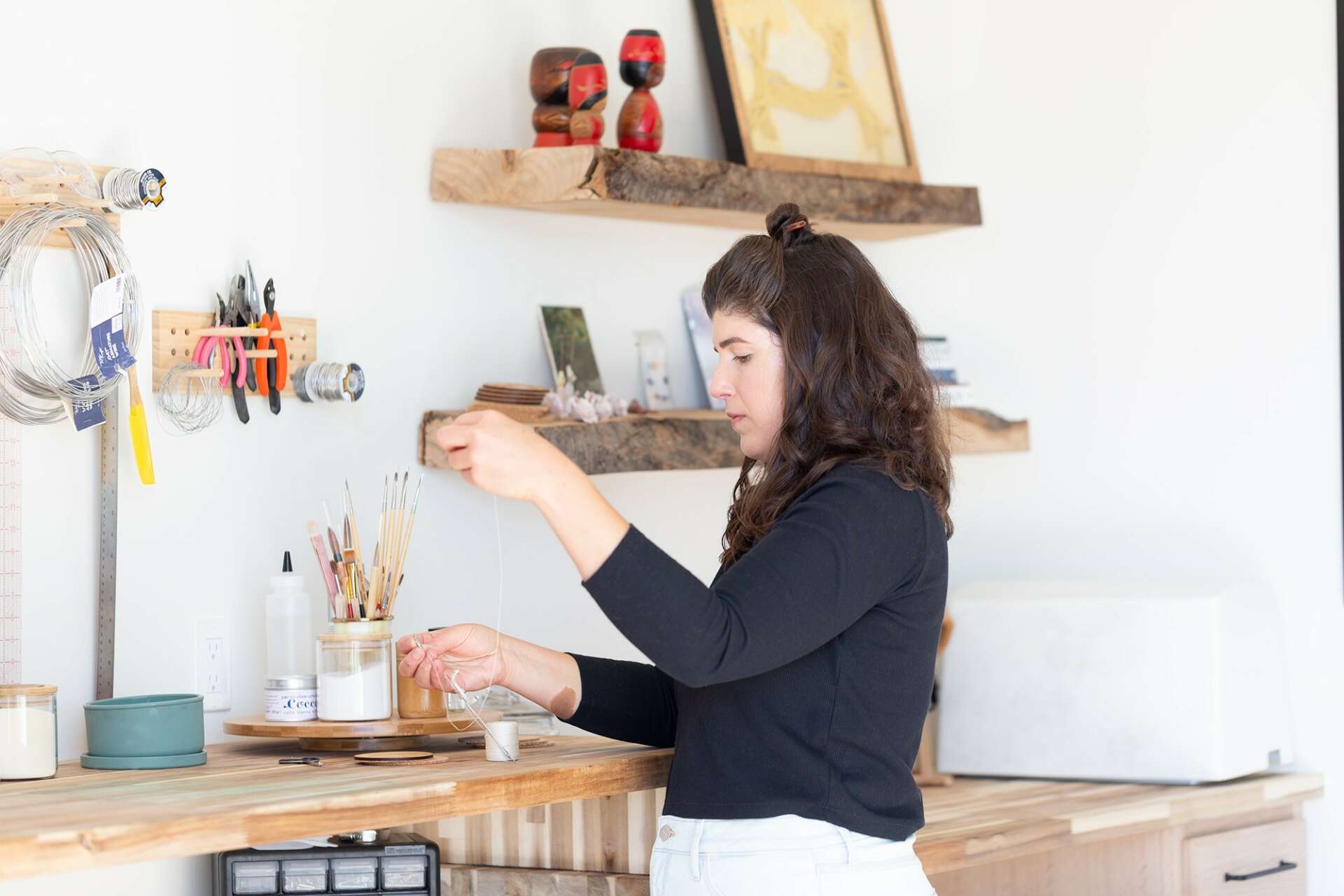
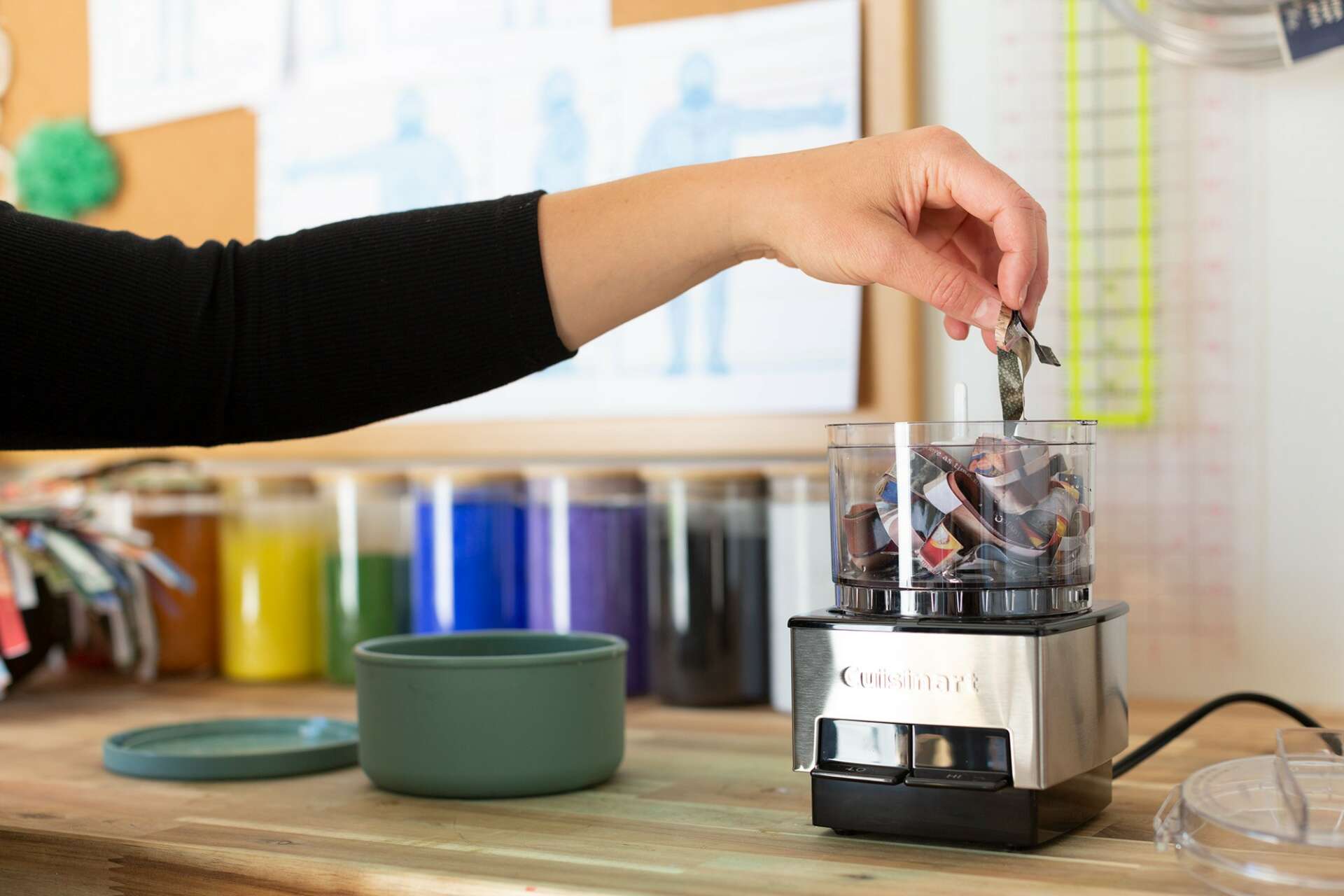
Melissa, love having you share your insights with us. Before we ask you more questions, maybe you can take a moment to introduce yourself to our readers who might have missed our earlier conversations?
Sure! I have been crafting and creating since I was a little girl. Whether molding play-doh animals, constructing shoe box dioramas, or drawing my favorite movie and tv show characters, I was always working with my hands. I made my first stop-motion animation in High School with my two art friends. The characters were balloons made out of polymer clay and wire and the sky backgrounds were made from construction paper. We recorded it frame-by-frame on my parents’ dining room table using a Mini DV camcorder pointed downward on a tripod. We shot in order on the tape and didn’t edit anything, so it was pretty analog compared to what someone in High School could do today on their iPhone alone!
I studied film in college at the University of Southern California. By the middle of my sophomore year, I hadn’t found any area of film that I truly wanted to pursue so I started looking into animation. My junior year I took a graduate-level puppet making course and that’s when I became serious about pursuing stop-motion animation specifically. By the end of my junior year, I had an internship at a local stop-motion studio and began learning all the facets of the production process.
Throughout the rest of college, I took as many animation classes as I could while doing multiple internships in stop-motion as well as for a film producer. Once I graduated, I landed my dream job at the original stop-motion studio I interned for. By the end of the year, they had acquired one of the most popular stop-motion television series, Robot Chicken, and I got my dream job fabricating puppets for the show and other projects.
It was several years later that I started feeling creatively drained and unsure of where my role within the studio was growing toward. More than a few times I would wake up dizzy after working with toxic materials the day before and started to correlate that my work environment was not the healthiest. Eventually I made the difficult decision to leave my dream job.
During my time out of the industry, I began a holistic health journey alongside my sister, who had spent many years chronically ill with no answers from allopathic doctors. As we began to detoxify our home and our bodies, I began to realize just how toxic my work environment had been.
Though I was working on new creative endeavors—a jewelry line, writing, and writing coaching—I found myself day dreaming about stop-motion regularly. The passion was still there and yet I knew with all my being I could not return to Los Angeles or the environment I had left. I decided if I was going to come back to the industry, it would have to be in my own way and on my own terms. This meant starting my own studio. A studio that prioritized the health of both humans and the planet over the industry standard model that prioritized the final product.
In 2019, I began researching and acquiring materials that could replace what I was no longer comfortable using. And in the summer of 2020, I created the studio’s first project for my friend’s turmeric company using all natural materials dyed yellow with her company’s product. That is a special aspect of the studio: embracing the materials and methods that make sense for a specific client or product.
While my career path was beginning to realign, unfortunately I started to feel out of place living city life. One day I was walking in rubber soled shoes on concrete collecting leaves for my backyard compost bin and that was when it clicked that I was yearning to be closer to nature.
In 2021, my sister and I—along with my studio—relocated from California to Northwest Montana. Here I create in alignment with nature; honoring the energy of the seasons, collecting natural materials from the backyard to use in studio projects, learning to grow food, and walking barefoot on the Earth.
With each project and year, The Sisters Bloom is innovating new processes, creating eco alternatives to standard practices, and collaborating with artists who are enthusiastic and supportive of reforming the industry while still producing high quality animation projects for clients.
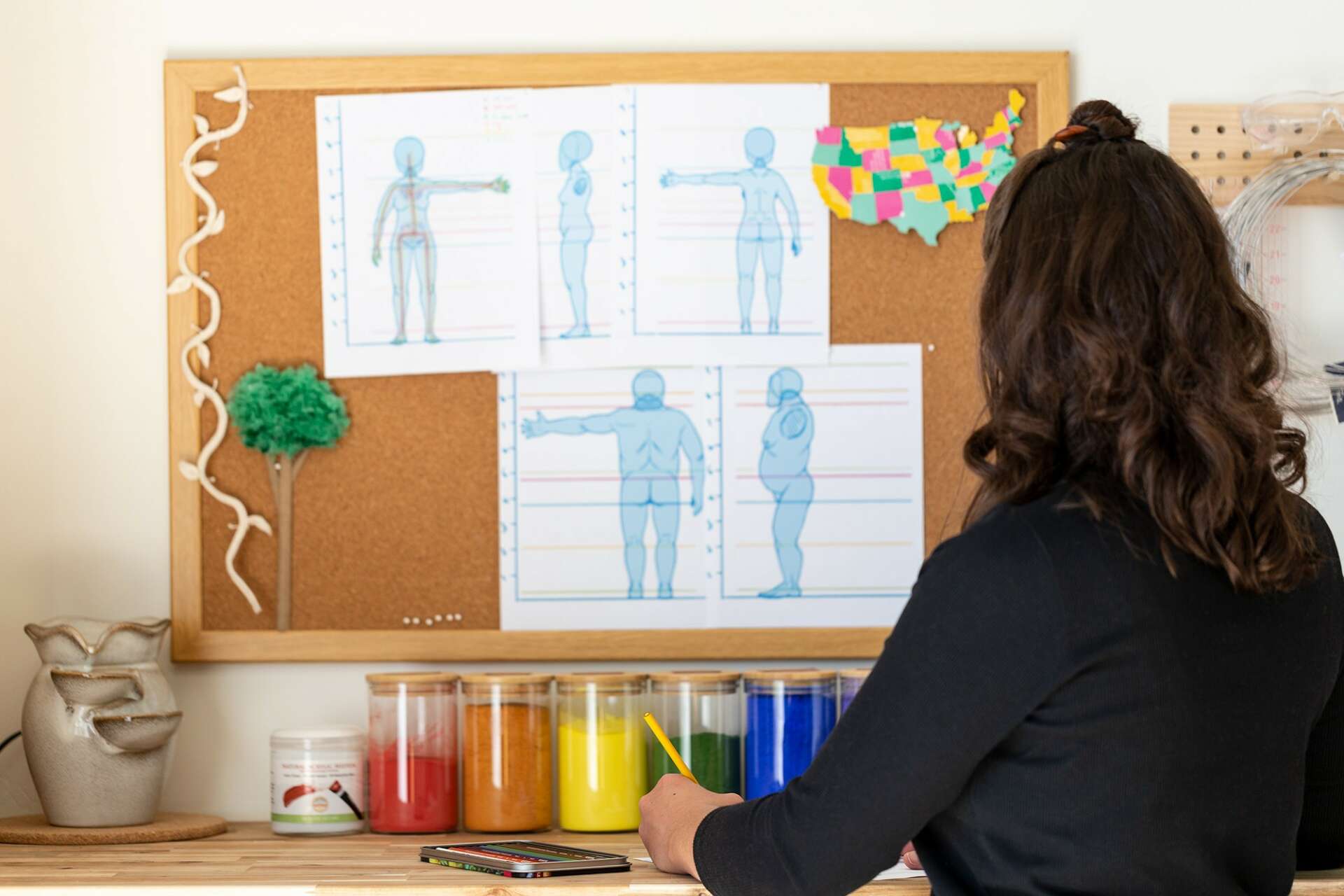
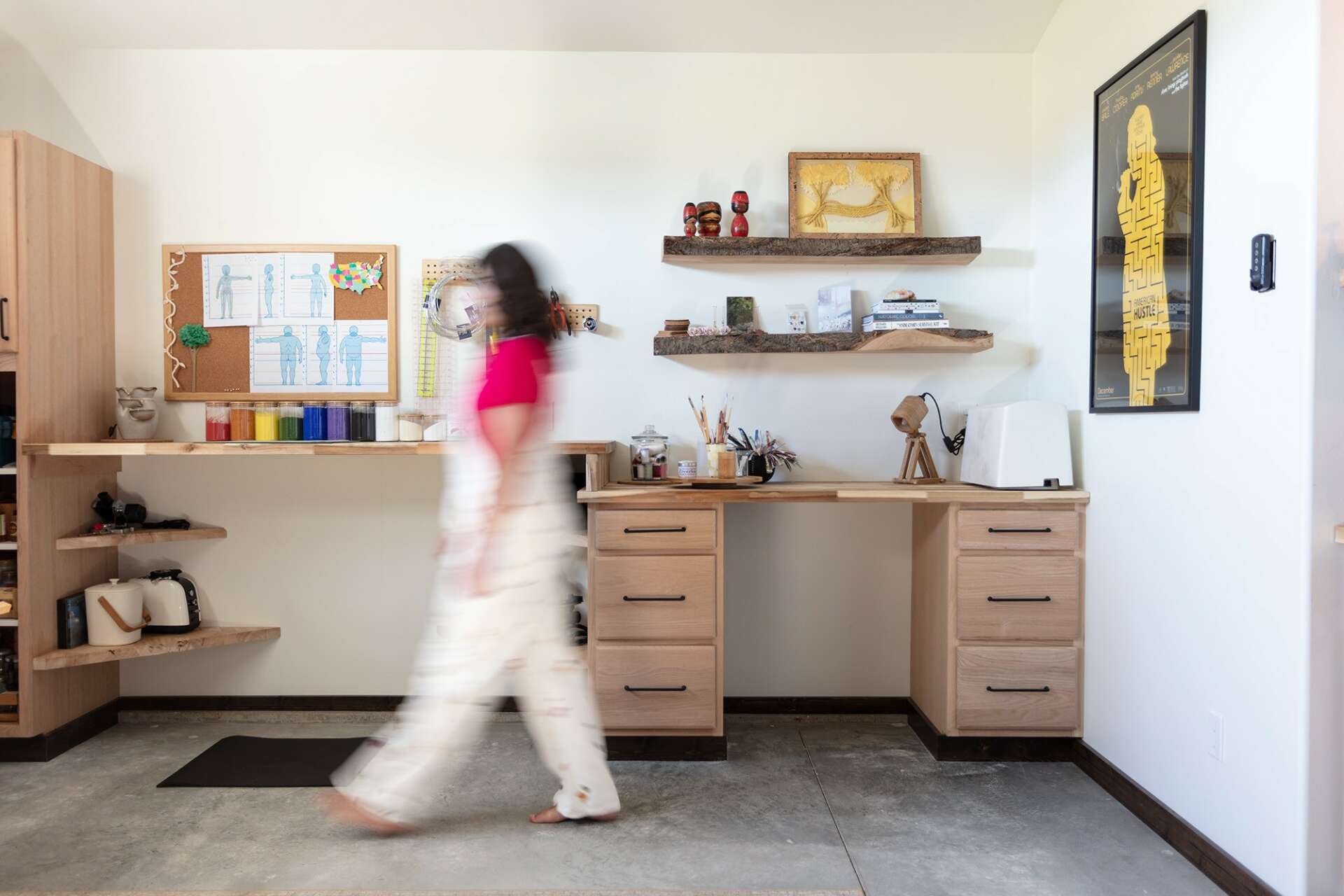
For you, what’s the most rewarding aspect of being a creative?
I believe humans are innately creative. We create life. We create shelter. We create solutions to everyday problems. I have heard so many people throughout my life tell me “I’m just not a creative person.” And I always encourage them to rethink their definition of creativity. All of us have the ability to synthesize information and problem solve. All of us have hobbies and favorite movies. I can’t imagine living in a world where I wasn’t creating in some capacity everyday — baking bread, stitching up a ripped sweatshirt, planting a garden. Any form of creating is rewarding to me as long as I’m using my hands and bringing a vision into reality.
What’s a lesson you had to unlearn and what’s the backstory?
When I was first starting out the industry in my early 20’s, I definitely tied my self worth to my job. The reaction I got from people who found out I made puppets for stop-motion animation bolstered my confidence in a big way. So when I left the industry, I no longer got that reaction. I spent years getting no reinforcement that what I was doing was cool or right or impressive. I learned that it was more important that I felt good about what I was doing than for anyone else to reinforce that for me. I think it’s normal to want recognition for our gifts and talents, but that seeking it out—especially when we’re unsure of our path—can cause more harm than good. Nowadays I give myself affirmations, especially in small ways. I have a list in my journal I can choose from at night before bed. Simple phrases like “I’m proud of what I accomplished today,” and “Tomorrow is a new day full of possibilities,” can help to reframe our expectations and turn self-pressure into excitement to keep going.
Contact Info:
- Website: https://thesistersbloom.com/
- Instagram: @sistersbloomstudios
- Linkedin: https://www.linkedin.com/company/the-sisters-bloom/
Image Credits
Jamie Arrigo


